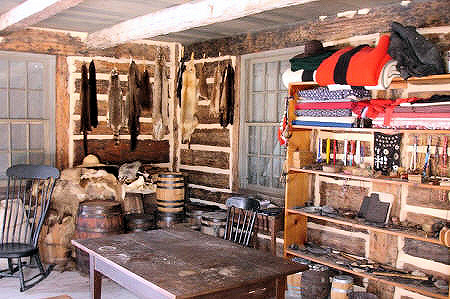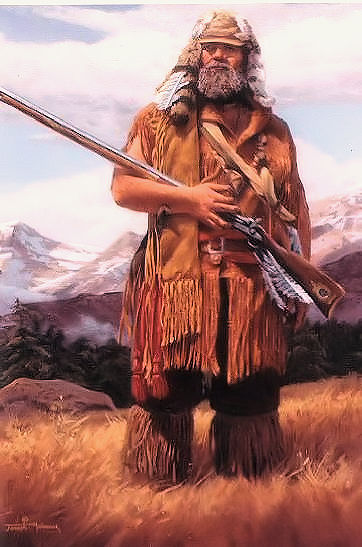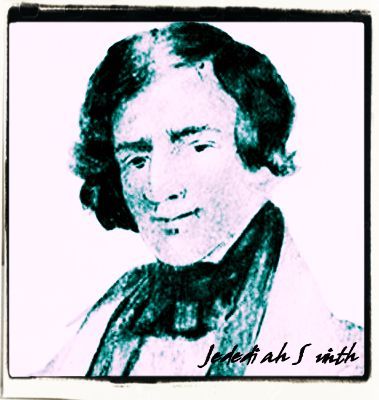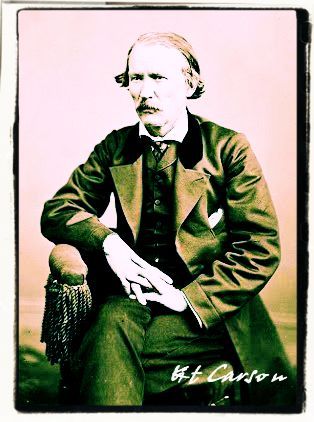History of the Fur Trade
The Earliest and Most Important Industries in North America
 The
fur trade was one of the earliest and
most important industries in North
America. The fur trading industry played
a major role in the development of the
United States and Canada for more than
300 years.
The
fur trade was one of the earliest and
most important industries in North
America. The fur trading industry played
a major role in the development of the
United States and Canada for more than
300 years.
The fur trade began in the 1500's as an exchange between Indians and Europeans. The Indians traded furs for such goods as tools and weapons. Beaver fur, which was used in Europe to make felt hats, became the most valuable of these furs. The fur trade prospered until the mid-1800's, when fur-bearing animals became scarce and silk hats became more popular than felt hats made with beaver. Today, almost all trappers sell their pelts. Eskimo and Indian trappers in Canada still trade their furs to fur companies for various goods.
The earliest fur traders in North America were French explorers and fishermen who arrived in what is now Eastern Canada during the early 1500's. Trade started after the French offered the Indians kettles, knives, and other gifts as a means to establish friendly relations. The Indians, in turn, gave pelts to the French. By the late 1500's, a great demand for fur had developed in Europe. This demand encouraged further exploration of North America. The demand for beaver increased rapidly in the early 1600's, when fashionable European men began to wear felt hats made from beaver fur. Such furs as fox, marten, mink, and otter also were traded.
 In
1608, the French explorer Samuel de
Champlain established a trading post on
the site of the present-day city of
Quebec. The city became a fur-trading
center. The French expanded their
trading activities along the St.
Lawrence River and around the Great
Lakes. They eventually controlled most
of the early fur trade in what became
Canada. The French traders obtained furs
from the Huron Indians and, later, from
the Ottawa. These tribes were not
trappers, but they acquired the furs
from other Indians. The French also
developed the fur trade along the
Mississippi River.
In
1608, the French explorer Samuel de
Champlain established a trading post on
the site of the present-day city of
Quebec. The city became a fur-trading
center. The French expanded their
trading activities along the St.
Lawrence River and around the Great
Lakes. They eventually controlled most
of the early fur trade in what became
Canada. The French traders obtained furs
from the Huron Indians and, later, from
the Ottawa. These tribes were not
trappers, but they acquired the furs
from other Indians. The French also
developed the fur trade along the
Mississippi River.
During the early 1600's, English settlers developed a fur trade in what are now New England and Virginia. English traders later formed an alliance with the Iroquois Indians and extended their trading area from Maine down the Atlantic Coast to Georgia.
European business companies handled a large number of the furs shipped from North America during the 1600's and 1709s. The most famous of these firms, the Hudson's Bay Company, was established in 1670. It was founded by a group of English merchants, with the help of two French fur traders. The English government gave the company sole trading rights in what is now the Hudson Bay region.
During the 1700's, French and British fur traders competed bitterly over trading rights in the region between the Allegheny Mountains and the Mississippi River. This competition, plus other conflicts between the two nations, led to the French and Indian war in 1754. Great Britain won the war in 1763 and took over France's colonial empire in North America.
In 1783, British merchants in Montreal founded the North West Company to compete with the Hudson's Bay Company. The traders of the new firm were called "Nor Westers." They led many daring expeditions in search of fur in far western Canada. However, the company failed financially and, in 1821, merged with the Hudson's Bay Company.
 During
the late 1700's, Russia began to develop
in the area that is now Alaska. The
Russian-American Company was established
there in 1799.
During
the late 1700's, Russia began to develop
in the area that is now Alaska. The
Russian-American Company was established
there in 1799.
The Lewis and Clark expedition to the Pacific Ocean in 1805 and 1806 led to the development of fur trading in the West. Several companies competed heavily for this western trade. They included firms headed by John Jacob Astor, William H Ashley, Pierre Chouteau, and Manuel Lisa.
Many Indians of the West had little interest in trapping and so the fur-trading companies hired white frontiersmen to obtain pelts. These trappers became known as 'mountain men' because they roamed through wild areas of the Rocky Mountains in search of fur. Such mountain men as Kit Carson, John Colter, and Jedediah Smith became famous for their roles in the settlement of the West.
Ashley, tine head of the Rocky Mountain Fur Company, began to hold an annual trappers' gathering, called a rendezvous, trappers sold their furs and bought supplies for the next year. The rendezvous saved the men the time and trouble of traveling long distances to various trading posts.
The fur trade started to decline in the Eastern United States by the late 1700's. The decline resulted chiefly from the clearing of large areas for settlement. As more and more land was cleared, fur-bearing animals became increasingly scarce. Over trapping of fur-bearing animals hurt the fur trade in the Western United States and Western Canada. In addition, the value of beaver fur dropped sharply in the 1830's, when European hat manufacturers began to use silk instead of felt. By 1870, most fur-trading activity had ended.
 The
fur trade contributed to the development
of British and French empires in North
America. During the 1600's, the prospect
of wealth from the fur trade attracted
many Europeans to the New World. Traders
and trappers explored much of North
America in search of fur. They built
trading posts in the wilderness, and
settlements grew up around many of these
posts. Some of these settlements later
became such major cities as Detroit, New
Orleans, and St. Lewis in the United
States; and Edmonton, Montreal, Quebec,
and Winnipeg in Canada.
The
fur trade contributed to the development
of British and French empires in North
America. During the 1600's, the prospect
of wealth from the fur trade attracted
many Europeans to the New World. Traders
and trappers explored much of North
America in search of fur. They built
trading posts in the wilderness, and
settlements grew up around many of these
posts. Some of these settlements later
became such major cities as Detroit, New
Orleans, and St. Lewis in the United
States; and Edmonton, Montreal, Quebec,
and Winnipeg in Canada.
The fur trade led to conflict between France and Great Britain in America. Rivalries over trading alliances also arose among Indian tribes that wanted to obtain European goods. The fur trade promoted friendly relations between the Indians and white traders. However, it also brought Indian hostility toward white settlers because the clearing of land threatened the supply of fur-bearing animals.
The claims of fur traders played a part in establishing the border between the United States and Canada. For example, the areas of trade controlled by U.S. and British traders helped determine the border in the region of the Great Lakes.